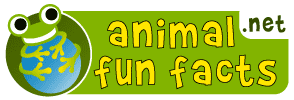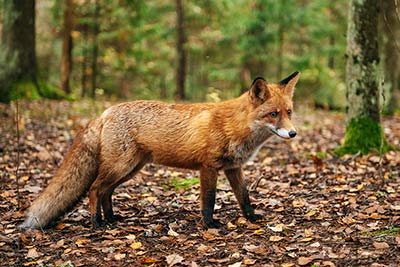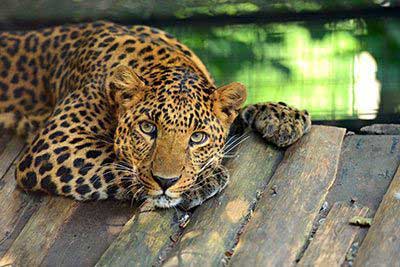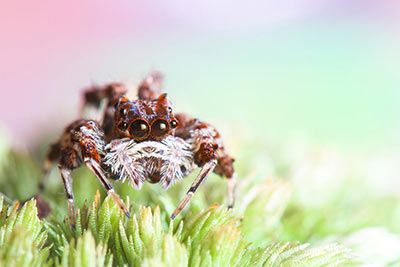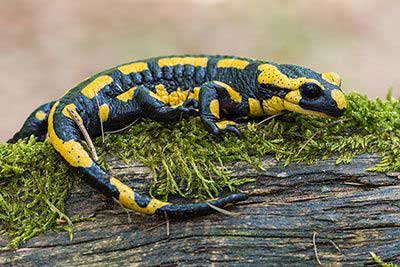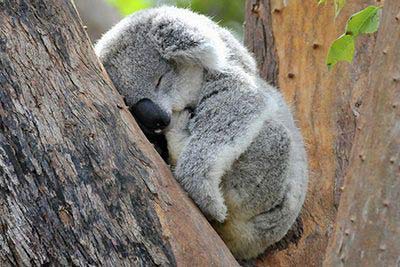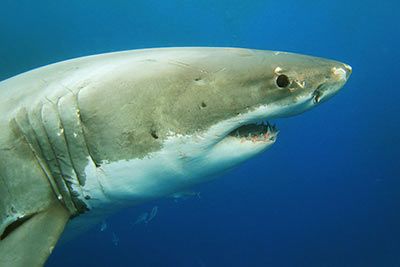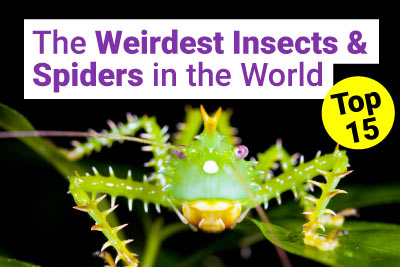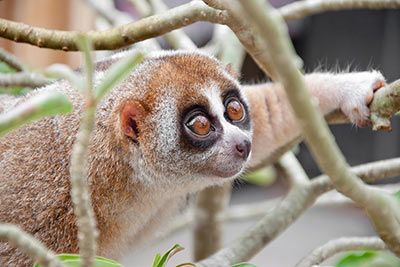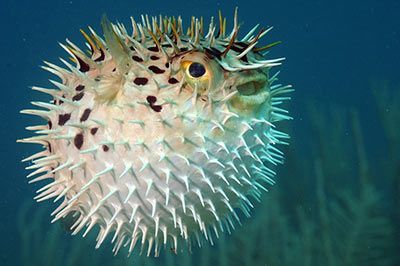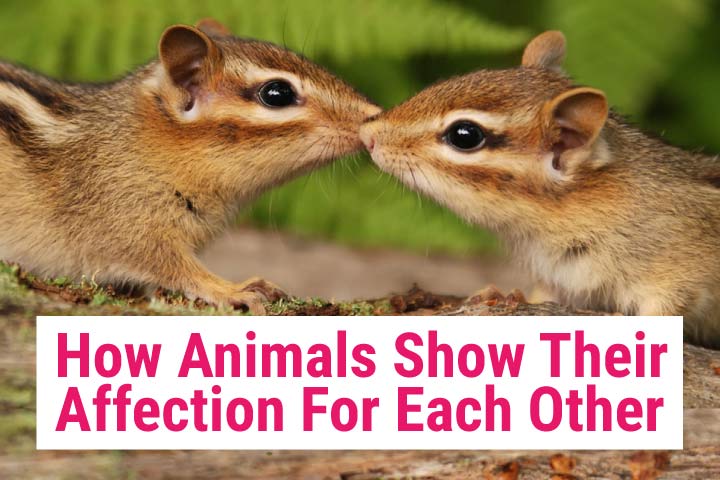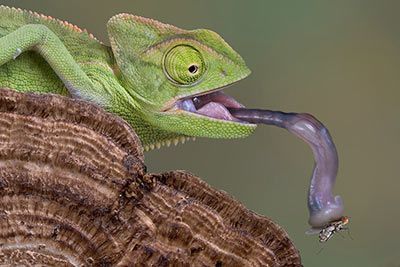Animals Living in Hedges
This article explores animals and plants found in hedges. Learn all about this fascinating habitat!
Hedges are often also called scrub. They help to protect animals and plants and increase the diversity of species. A hedge consists of bigger and smaller scrubs (such as elder, hazel, blackthorn), several plants (such as the stinging nettle, dandelion), flowers and even trees (such as birch, beech, rowan tree). Next to hedges you will find forests and meadows.
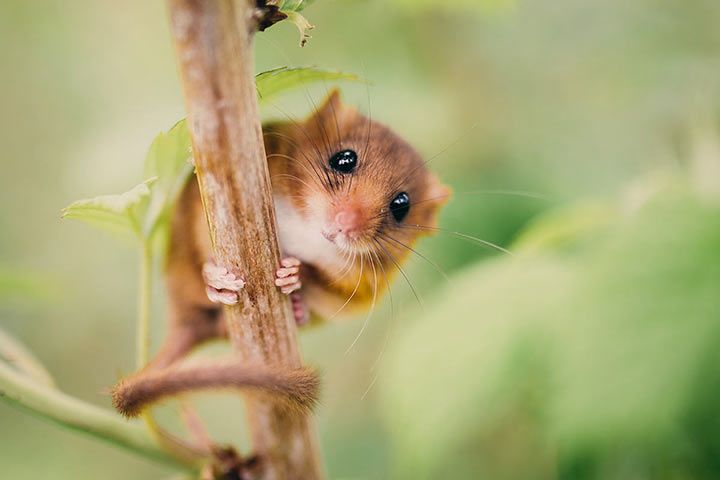
Hedge Fact File
Species living in hedges:
ca. 900-1,500 species
A hedge provides animals with:
- places for nesting and breeding
- protection against the weather and animals of prey
- food
- ambush for animals of prey
The hedge provides the environment with:
- wind protection and visual cover
- protection of the soil and against avalanches
- climate protection, „air filter“
- oxygen production
- fertile soil
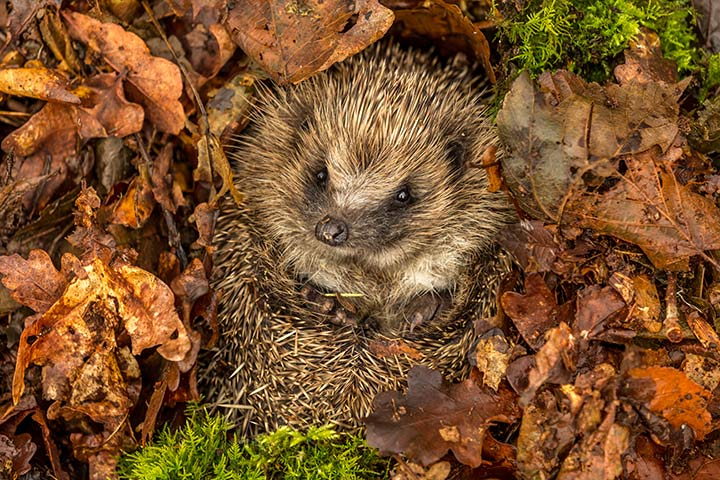
Hedges Are Divided Into Three Sections
The hedge offers three zones as living environments: fringe, mantle and core. Yet, the animals in the hedge cannot be strictly attributed to one zone or another. For instance they use one zone for breeding and another one to gather food – or even leave the hedge occasionally.
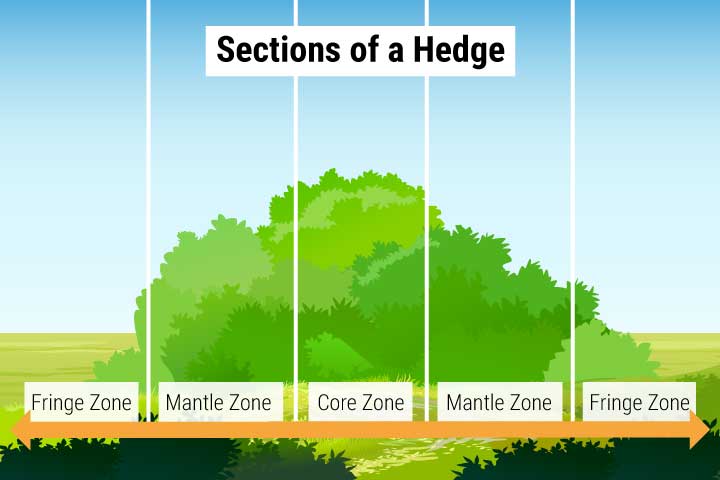
1. Fringe Zone
The fringe zone of the hedge contains grasses, flowers and plants. Songbirds such as the red-backed shrike are hunting for beetles, crickets and mice there. Linnets from the family of finches feed on grass and flower seeds. The size of the zone depends on the available space – if it is adjacent to a cultivated field, the fringe zone usually tends to be rather narrow.
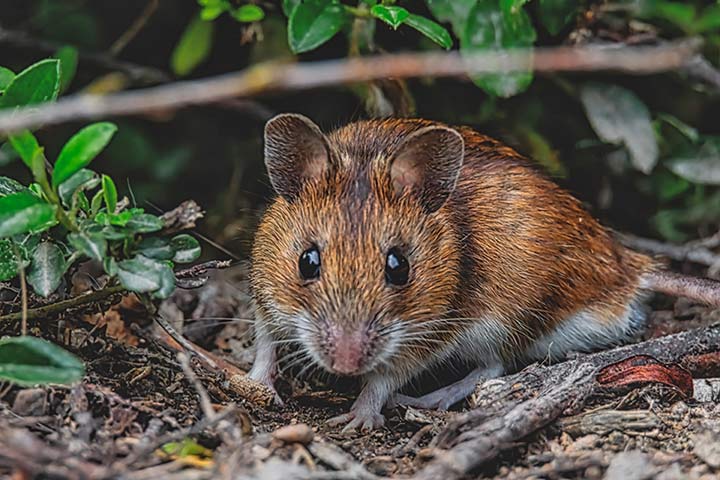
2. Mantle Zone
Situated between the fringe and the core zone, the mantle zone is vegetated with small and medium-sized shrubs. Birds build their nests there to breed. Nightingales, reed buntings, yellowhammers, pheasants and partridges often breed in the mantle zone.
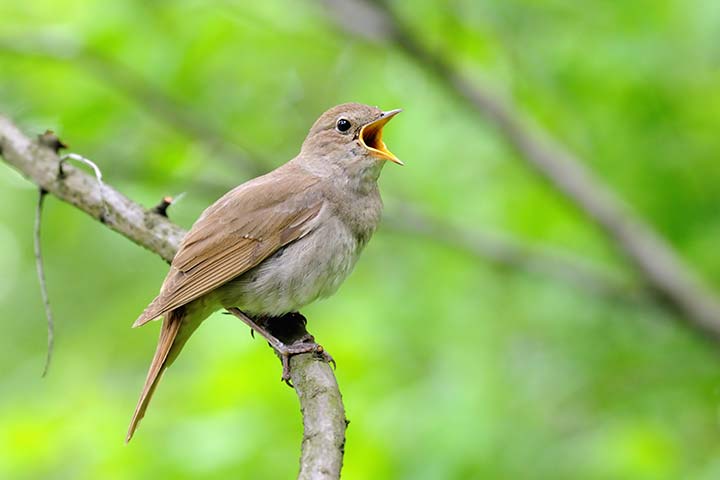
3. Core Zone
The core zone of the hedge is vegetated with trees and shrubs. There are only a few trees, but many shrubs higher than 16.4 feet (5 meters). Magpies, ravens, wood pigeons, blackbirds, chaffinches, goldfinches and fieldfares like to breed in the core area of the hedge.
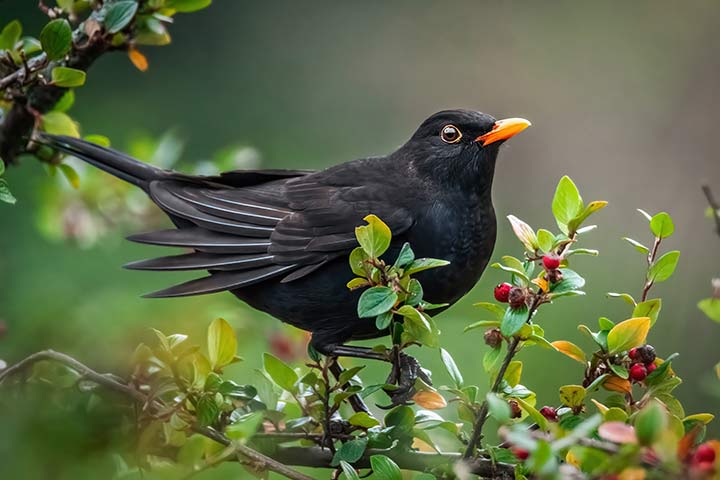
Animal Species Living in Hedges
- Bat
- Carrion Crow
- Chaffinch
- Common Buzzard
- Common Wood Pigeon
- Deer
- European Hare
- Fox
- Hazel Dormouse
- Hedgehog
- Long-Eared Owl
- Magpie
- Marten
- Northern Shrike
- Pheasant
- Partridge
- Pigeon
- Rabbit
- Goldfinch
- Yellowhammer
Interesting Facts on Hedges
Hedges are as diverse as the plants and animals living in them. There are several types:
- low hedges: low shrubs up to 6.5-9.8 feet (2-3 meters) high
- high hedges: containing bushes and shrubs up to 16.4 feet (5 meters) high
- tree hedges: containing trees
- grassland hedges: planted hedge
Did You Know?
An enclosure (German: “Hag”) is surrounded by hedges. German village names containing “hagen” or “hag” indicate that there once were many hedges in the area.
- Watch Now on animalfunfacts.net:
-
 How Do Animals Survive in the Arctic?
How Do Animals Survive in the Arctic? -
 How Do Animals Survive in the Desert?
How Do Animals Survive in the Desert? -
 Rainforest Animals
Rainforest Animals
